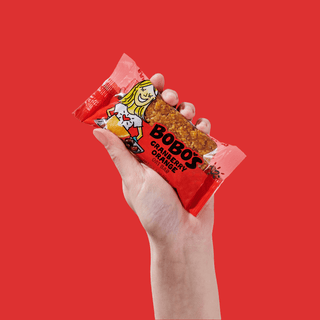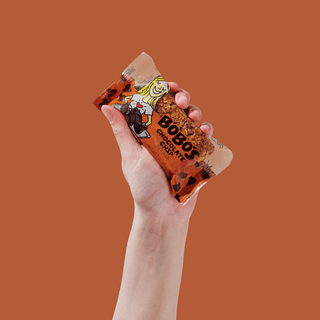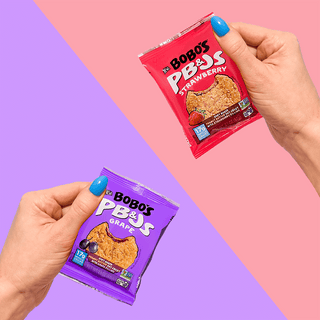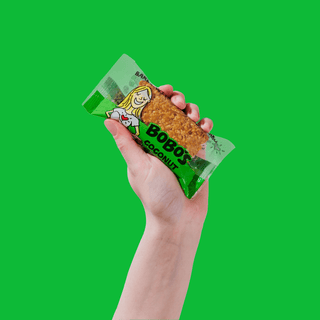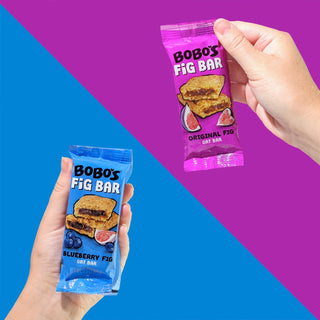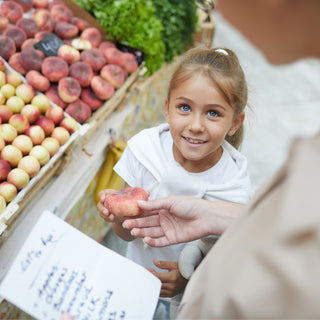Featuring
By Emma Caplan-Fisher
If you're looking for a simple way to eat healthy and save time grocery shopping, you've come to the right place. Keep reading for tips on shopping efficiently and including your entire household's needs, and templates for grocery list ideas you can use again and again — whether your focus is on health, budget, or both.
Healthy grocery list
Here's a simple grocery list to adopt if you're trying to maintain a healthy diet — whether you're diabetic, dealing with high blood pressure (if so, check out the best foods to lower blood pressure), or are simply looking to maintain all-around better health.
These nutritious and delicious items are very common and should be available at most stores you frequent. They also include some of the best brain foods, like berries, broccoli, nuts, and seeds.

Budget grocery list
If you're on a budget, there's no reason why you still can't stick to a healthy, balanced diet. Look for items that typically cost less or that are on sale, and stock up when you can if bulk discounts are offered. Check out the list below for inspiration.

Common grocery list essentials
Here's a comprehensive list of all the essentials you should consider for a health-focused trip to the store.

What is a master grocery list?
A master grocery list is a one-stop, complete list for all of your grocery runs. It includes items you regularly buy to save you time, effort, stress, and even money on each shopping trop.
Master grocery list example

Benefits of a master grocery list
Keeping a master grocery list is very beneficial. For starters, you never have to think about the items you and your household members typically need. It's like a roadmap — when you get to the store with a plan that tells you exactly what you need and where things are, you won't waste time, effort, and stress going back and forth to the same sections for forgotten items or wandering around looking for a particular item. This even works online, as many retailers offer pickup or delivery service and you can save your previous shopping lists.
Also, when your grocery shopping process is strategized and streamlined with a master list, you can save money. This happens not only because you'll be so focused on the list that extra items will likely be an afterthought, but also because you'll know how much of each item you need and won't overbuy.
Creating and maintaining your master grocery list
When making your master grocery list, think in categories based on how your local store is laid out and list things according to those areas (this can save you a lot of time at the store). Typical categories include produce, dairy, pantry staples, and frozen food, among others.
Review the list each quarter or season so you can ensure you're stocking up on fresh, seasonal items and that the items on the list are still serving you and your household well. And be sure to check what you have on hand at home each time before heading out (or placing your order online) so that you don't end up with extra food that can needlessly be wasted and cost you extra money.
How to make the perfect grocery list for your family
It can be a bit of a challenge when it comes to creating the ideal grocery list for your whole family, especially if everyone has different dietary needs and preferences. But with some planning, budgeting, and organization, you'll be set up for success before you know it. Here are some tips to get you on the right track.
If you're on a budget:
- Check the flier of your grocery store along with digital coupons each week for sales, and prioritize those items as much as possible, based on your family's tastes and portion needs.
- Choose the generic/store brand as this will typically be the cheapest option.
- Buy in bulk as much as possible — remember, this should also depend on how much of a particular item your household will go through before it goes bad.
- Use the exact amounts a recipe calls for (e.g. pasta), so you'll have leftovers on hand for more meals.
- To avoid extra or impulse purchases and save time and stress, get your groceries delivered.
Look at making recipes that call for ingredients you can use in different meals and in different ways. If your family gets tired of leftovers, remember that you can always mix things up and use leftovers to make new dishes.
If you're dealing with young children (or just a household of fussy eaters) ask for their grocery list ideas in advance and get their input as you create the list. When they're invested in the process, they're more likely to commit to eating what they've requested (and may even look forward to it).
How to grocery shop efficiently
Many of us don't love — or even like — grocery shopping. But even if it's something you don't mind, it's always great to save time when doing it. With that in mind, here are some tips and tricks to get the job done efficiently and with minimal distractions and impulse purchases.
Plan your meals, including leftovers, for the week. This will give you a plan so you not only know exactly what to buy at the store (or close to it if they're out of something) but so you can also stay on budget while getting the vitamins and nutrients you and your family need. To get the most bang for your buck, build meals from the same ingredients. For example, a bag of carrots can work for salads, soups, and roasted side dishes.
Get more tips on how to meal prep for the week.
Make a list of everything you plan to shop for based on your meal plan, and segment it by aisle or store area to be efficient and avoid backtracking while shopping.
It can be handy to keep a running list at your desk or computer, on the fridge, or in a note-taking app on your phone if you prefer a digital format. This way, you can jot things down as you think of them throughout the week or as you run out of something. (Use one of the lists above to get started!)
Time your shops right. Weekday mornings (often midweek) can often be the quietest time at the store. If this doesn't work for you, consider going later in the evening, about 1-2 hours before closing time.
Don't shop hungry. If you show up at the grocery store hungry, you're more likely to sway from the list and indulge in impulse purchases that are often unhealthy. (If this sounds like you, it can help to get more information on how to avoid processed foods.)
Shopping hungry can quickly blow your budget and time, not to mention your eating plan if you're on one. It's easier to resist temptation when you've had a meal or snack before heading out.

